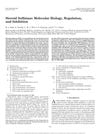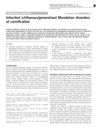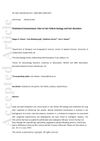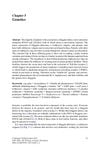Role of Cholesterol Sulfate in Epidermal Structure and Function: Lessons from X-Linked Ichthyosis
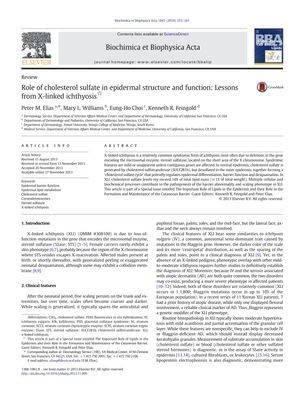
TLDR Cholesterol sulfate buildup due to a genetic mutation disrupts the skin barrier, leading to the scaling skin seen in X-linked ichthyosis.
The document reviewed the significance of cholesterol sulfate in the skin's structure and function, focusing on its role in X-linked ichthyosis (XLI), a condition caused by mutations in the steroid sulfatase (SSase) gene. Cholesterol sulfate, which can make up over 10% of the skin's lipid mass in XLI, is crucial for epidermal differentiation, barrier function, and desquamation. The lack of SSase activity in XLI leads to cholesterol sulfate accumulation, resulting in the skin barrier abnormalities and scaling seen in patients. The document also explored the clinical aspects of XLI, including diagnosis and associated systemic features like placental sulfatase deficiency syndrome and potential cognitive behavioral issues. It detailed the molecular biology of SSase, its localization in the epidermis, and its regulatory mechanisms. The document concluded that the excess cholesterol sulfate in XLI patients disrupts the skin barrier and contributes to their hyperkeratotic phenotype, although the clinical manifestations of XLI are generally mild. The research was supported by NIH grant AR061106 and the Medical Research Service, Department of Veterans Affairs.

